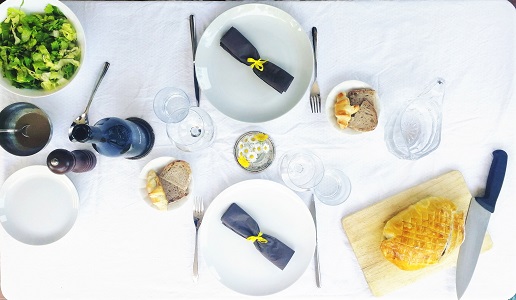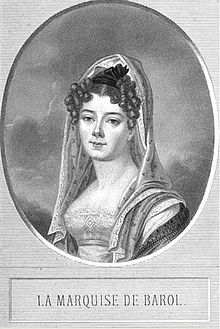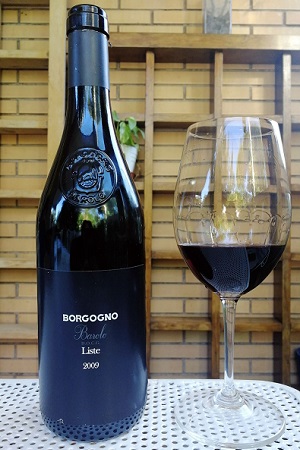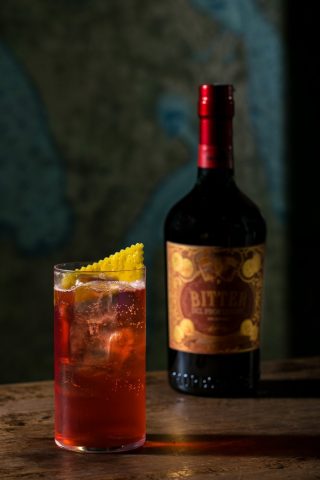Beef Wellington and Barolo, a politically incorrect pairing

A recipe and a wine that are more or less from the same era but that at the time would never have been on the same table.
History tells us that long ago Beef Wellington and Barolo together would have been considered a heresy but the reality is that at the table they are a match made in heaven.
Beef Wellington – like the bomber and the boots – is named after the Duke of Wellington, Arthur Wellesley, famous for having defeated Napoleon Bonaparte in the 1815 Battle of Waterloo. The story goes that the Duke was particularly difficult to satisfy at the table to the dismay of his chefs who, desperate, finally discovered that this complicated dish was to his pleasure.
Another legend has it that the puff pastry that is wrapped around the meat was supposed to recall the leather of the boots the Duke wore. Boots that were, among other things, the result of modifications to the classic model requested by the Duke himself. The boots became a favorite among the English aristocracy who referred to them as Wellington boots. Although originally made from leather, wellies have been made from rubber since 1856 and remain popular today to wear in rainy and wet conditions. Thus this is quite a legacy that the English have attributed to honor the general who achieved the feat of stopping the seemingly unstoppable French general.

By a strange coincidence, the London nobility was also involved in the global expansion of Barolo, given that in 1751 a shipment was sent to London by diplomats from Piedmont. The Barolo we know today, however, came later and this primarily due to the determination of Juliette Colbert de Maulevrier, a member of a noble Loire family, who in 1806 married the Marquis Carlo Tancredi Falletti di Barolo. Upon his death, Juliette inherited all his possessions and became a driving force behind improving the quality of her wines. Some claim that to do this she called in the French enologist Louis Oudart but there is no historic evidence of this. What is known is that in her quest she was helped by none other than the Count of Cavour, the Italian statesman Camillo Benso, who offered her the experience he acquired between 1836 and 1847 in producing a dry Nebbiolo wine at his castle in Grinzane together with Genoa enologist Paolo Francesco Staglieno.
The recognition that the so-called Staglieno Method is responsible for what is considered modern Barolo is fairly recent. And this came thanks to research on Louis Oudart, who previously was believed to have been responsible for creating a dry Barolo, carried out by historians Giusi Mainardi and Anna Riccardi Candiani and summed up by American journalist Kerin O’Keefe in his book Barolo and Barbaresco: The King and Queen of Italian Wine. Oudart was a wine merchant who lived in Genoa where he founded the winery Maison Oudart et Bruché. It was only in 1845 that he was called in as a consultant at Cavour’s estate, to examine the feasibility of applying the Champenoise Method using native Piedmont varietals, whereas letters show that Staglieno was making a dry Barolo at least since 1841.
This new version of Barolo had, among other things, already acquired some authoritative palates, including King Carlo Alberto of Savoy. The story goes that the Marchioness Falletti herself had sent a “taste” of her new Barolo to the Royal Palace, 325 carrà (barrels of around 500l), one for each day of the year excluding Lent. The King liked the wine so much that he began, in 1838, to acquire estates for its production, the first being that of the Verduno Castle.
The reason why a Barolo would not have been served with a Beef Wellington back then is explained by the fact that Juliette was a lady-in-waiting to Josephine Beauharnais, Napoleon’s first wife, and she met her husband Carlo at the court of the French general who even gave his blessing to their marriage. Thus we can easily assume that, because of this friendship, Juliette would never have allowed her wine to be served with the favorite dish of Napoleon’s archenemy, the Duke of Wellington.

And yet, the “king of wines and wine of kings” is a perfect match with the favorite dish of the man who defeated the first King of Italy (Napoleon crowned himself king in 1805), an excellent pairing for special occasions. The succulence of the meat, the umami flavor of the mushrooms and the fattiness of the puff pastry that wraps everything is balanced by Barolo’s notes of underbrush, its structure and acidity constituting a marriage made in heaven at the table. Needless to say, Barolo is not a wine to drink every day and, being complicated and expensive to make as it is, Beef Wellington is only a dish for special occasions. But such occasions are like opportunities and these, as Thomas Edison (who was born in 1847) said, “are missed by most people because they are dressed in overalls and look like work”. In other words, a bit like us during this almost ex-quarantine and so let’s get cooking.
As for a recipe for Beef Wellington, we suggest the authentic British one from Chef Gordon Ramsey, available on his website: https://www.gordonramsay.com/gr/recipes/beef-wellington. You can make the puff pastry at home and this is explained very well in the video of Chef Franco Alberti viewable at https://www.youtube.com/watch?v=Au971V3luyg. The fresh mushrooms can be substituted with a mix of dried champignon and porcini mushrooms.
For a wine to pair we have selected a Barolo Liste from Borgogno. This wine also has historic value because Borgogno was the first wine estate in Barolo, founded, in 1791 by Bartolomeo Borgogno. It was acquired in 2008 by the family of Eataly founder and owner Oscar Farinetti. Among the estate’s three cru (Liste, Fossati and Cannubi) we chose Liste because it is deeper and darker and best acts as a counterpoint to the aromatic sensations of the dish.
 Barolo Liste 2009
Barolo Liste 2009
€ 56
Made from Nebbiolo grapes and matured for four years in Slavonian oak barrels. The wine has a garnet color with a nuanced edge and the bouquet is a full-emersion in scents of underbrush, humus, porcini mushroom and black truffle together with balsamic and spice whiffs. The past 11 years have given the wine a “hint” of the balance if will have in the future (it is still far from achieving its peak), with tannins that are almost tame and a wrapping acidity. The long persistence offers forest and balsawood sensations.
Alcohol content: 14.5%.
Related Products
| Product | Producer | Date of publication | Author | Read | |
|---|---|---|---|---|---|

|
Liste 2009
_ |
Giacomo Borgogno e Figli | 05/22/20 | Flavia Rendina |
Made from Nebbiolo grapes and matured for four years in Slavonian oak barrels. The wine has a garnet color with a nuanced edge and the bouquet is a full-emersion in scents of underbrush, humus,... Leggi tutto |

|
Giacomo Borgogno e Figli
|
11/28/11 | Redazione |
Today this historic and inescapable estate belongs to Oscar Farinetti, Mr. Eataly, and his family who, very intelligently, decided to change little or nothing of the traditional style of its wines.... Leggi tutto |

 Italiano
Italiano








